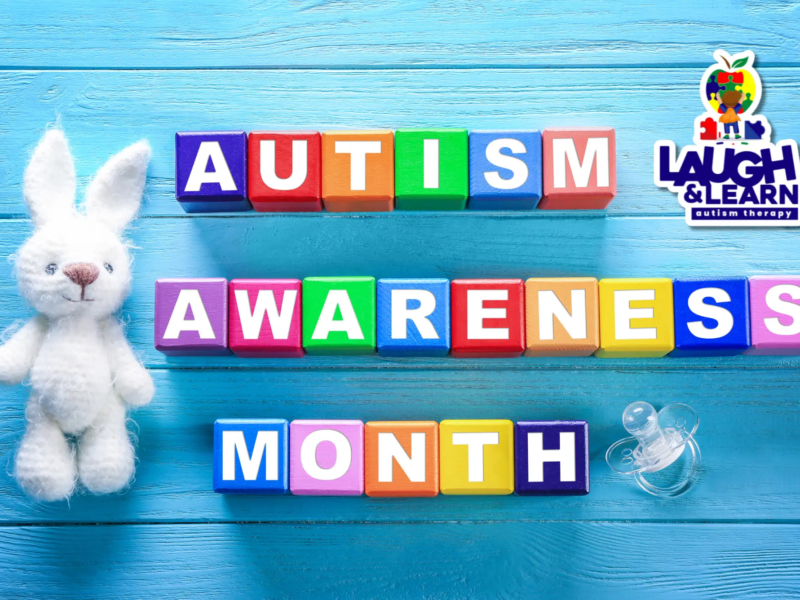New ABA Therapy Techniques and Approaches: What’s on the Horizon?
Introduction
Applied Behavior Analysis (ABA) therapy has long been considered a gold standard for individuals with autism spectrum disorders. Its evidence-based principles and data-driven approach have transformed countless lives. However, the field of ABA therapy is dynamic and continuously evolving. As we embrace the future, it’s essential to explore the new techniques and approaches that are on the horizon. In this blog post, we will delve into the innovative methods and trends that are shaping the future of ABA therapy.
1. Telehealth and Remote Supervision
The COVID-19 pandemic accelerated the adoption of telehealth in healthcare, and ABA therapy is no exception. Telehealth allows for remote supervision and therapy sessions, making ABA services more accessible to those in remote or underserved areas. With the right technology and a skilled team, ABA therapy can be delivered effectively and efficiently through virtual platforms.
2. Precision Teaching and Individualization
One exciting development is the emphasis on precision teaching and individualization of ABA programs. Instead of one-size-fits-all approaches, ABA providers are increasingly tailoring therapy plans to meet the specific needs, strengths, and preferences of each individual. This trend promises more effective and efficient outcomes.
3. Technology Integration
The integration of technology into ABA therapy is revolutionizing the field. Tools like wearable devices, mobile apps, and virtual reality are being used to collect data, provide feedback, and create engaging learning environments. These technologies can enhance data collection and create more interactive and motivating therapy experiences.
4. Collaborative Care and Multidisciplinary Teams
ABA therapy providers are recognizing the importance of collaborating with other professionals, such as speech therapists, occupational therapists, and educators. A multidisciplinary approach can address a broader range of needs and promote better overall development.
5. Cultural Competence and Inclusivity
The ABA community is also making strides in cultural competence and inclusivity. Recognizing the diverse needs of individuals and respecting different cultural backgrounds is essential. This trend fosters a more compassionate and respectful ABA environment.
6. Research and Evidence-Based Practice
The field continues to rely on ongoing research to validate and refine ABA techniques. Emerging research is expanding our understanding of behavior analysis and leading to innovative practices and approaches.
7. Parent and Caregiver Involvement
Incorporating parents and caregivers as active participants in ABA therapy is gaining traction. This empowers families to support their loved ones outside of therapy sessions, enhancing generalization of skills.
Conclusion
As we look to the future of ABA therapy, it’s evident that exciting changes and innovations are on the horizon. Telehealth, precision teaching, technology integration, and collaborative care are reshaping the landscape of ABA therapy. These advancements aim to provide more individualized, effective, and accessible services for individuals on the autism spectrum.
However, it’s essential to remember that while new techniques and approaches are emerging, the core principles of ABA therapy remain unchanged. The commitment to data-driven decision-making and evidence-based practices continues to be the foundation of successful ABA therapy.
The ABA community’s dedication to progress ensures that individuals with autism and related conditions will continue to receive the highest quality support and that the future holds even more promise for their growth and development.



